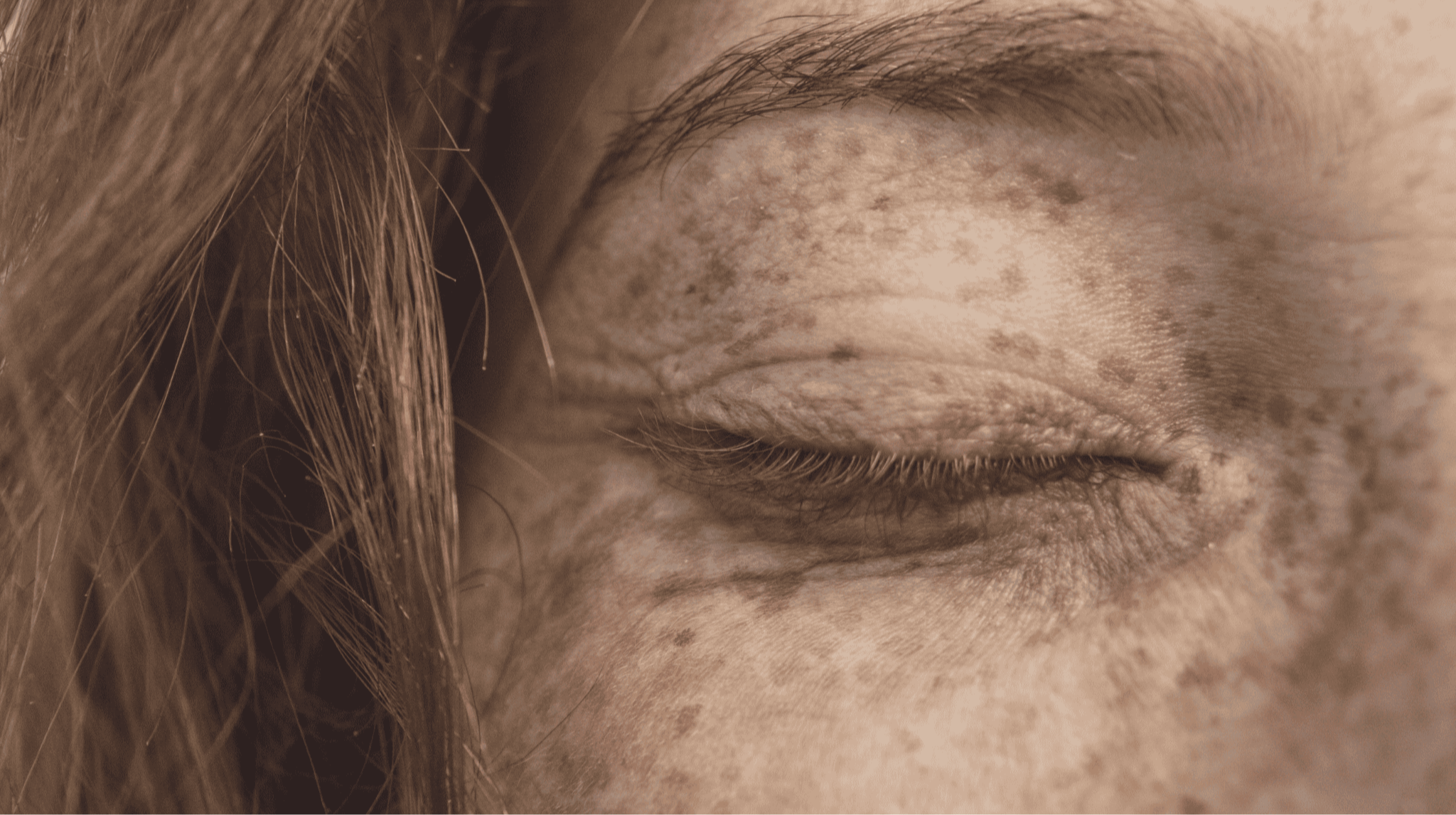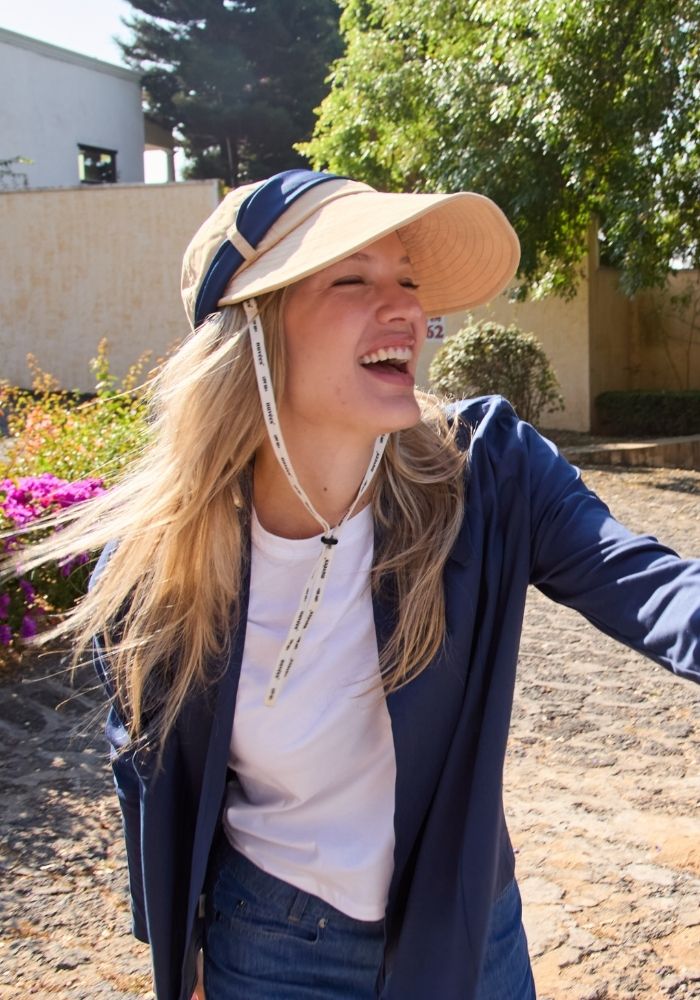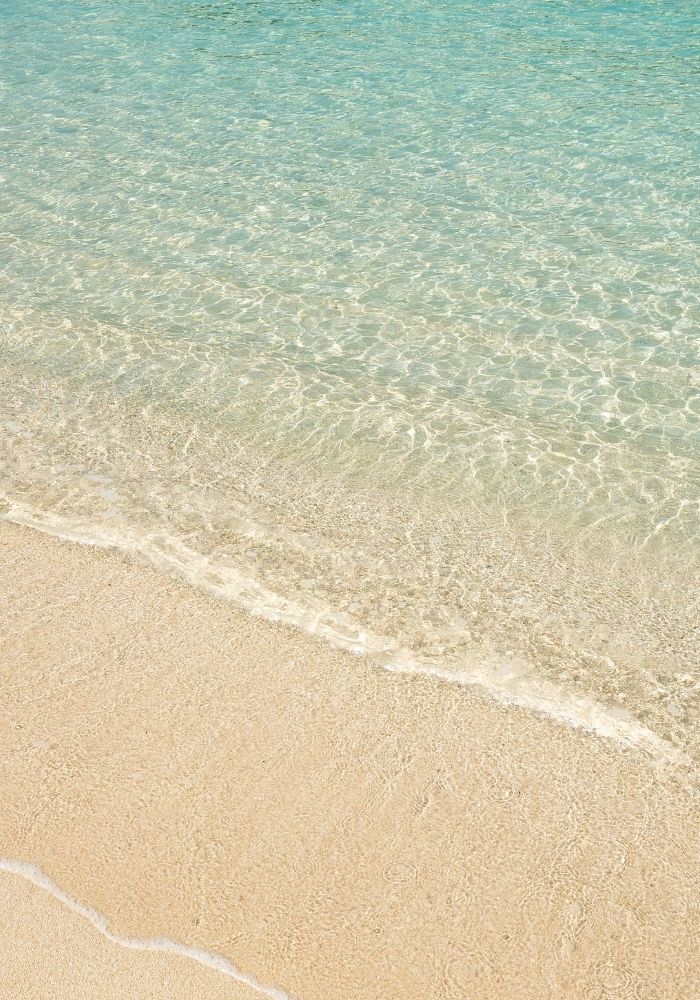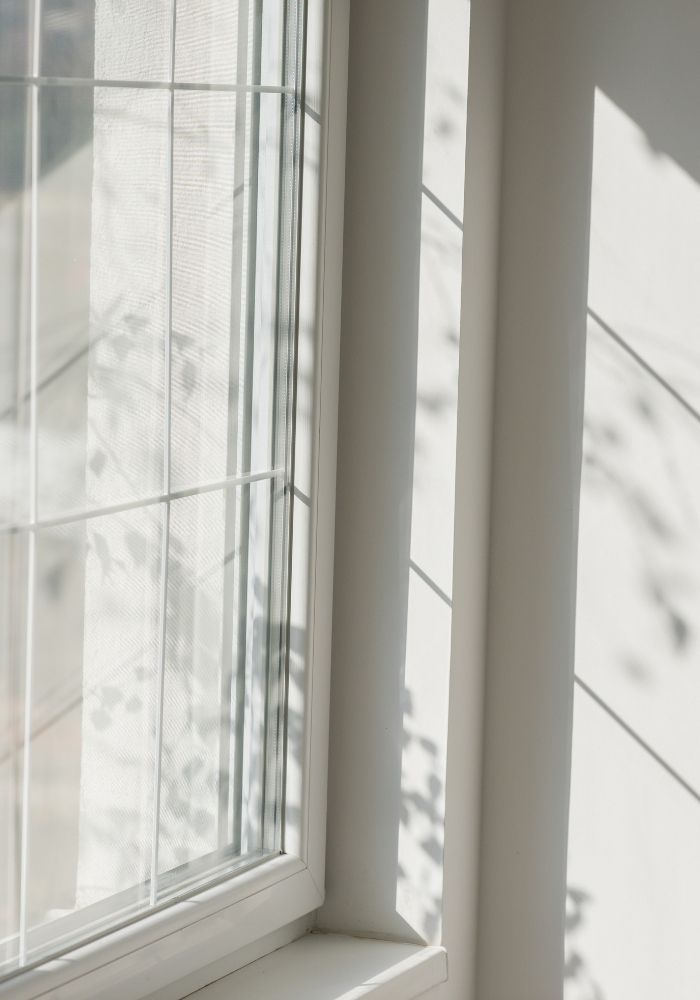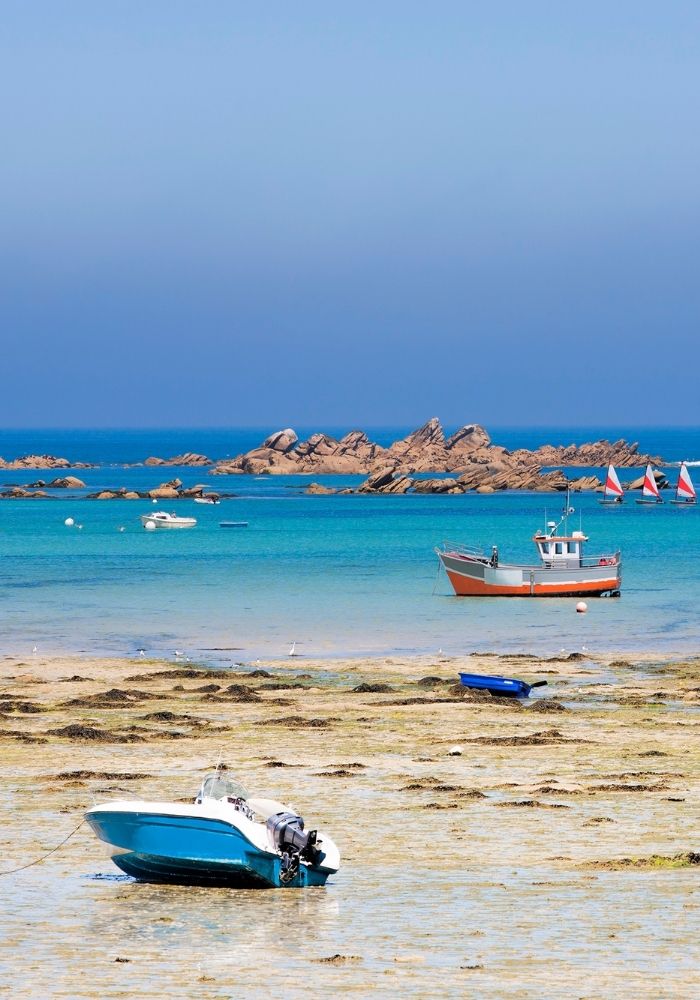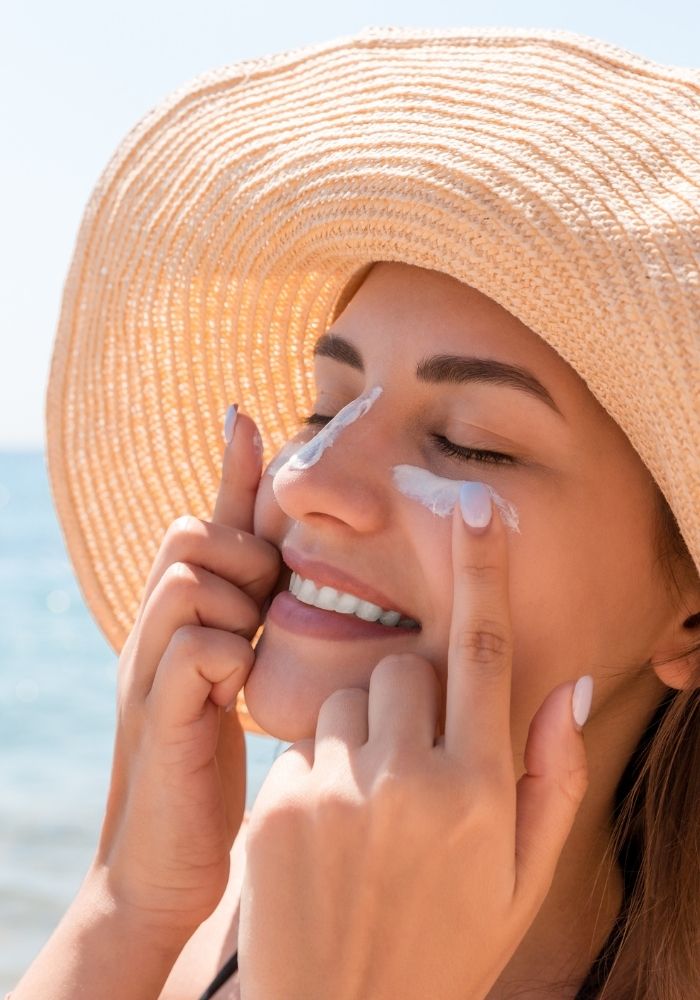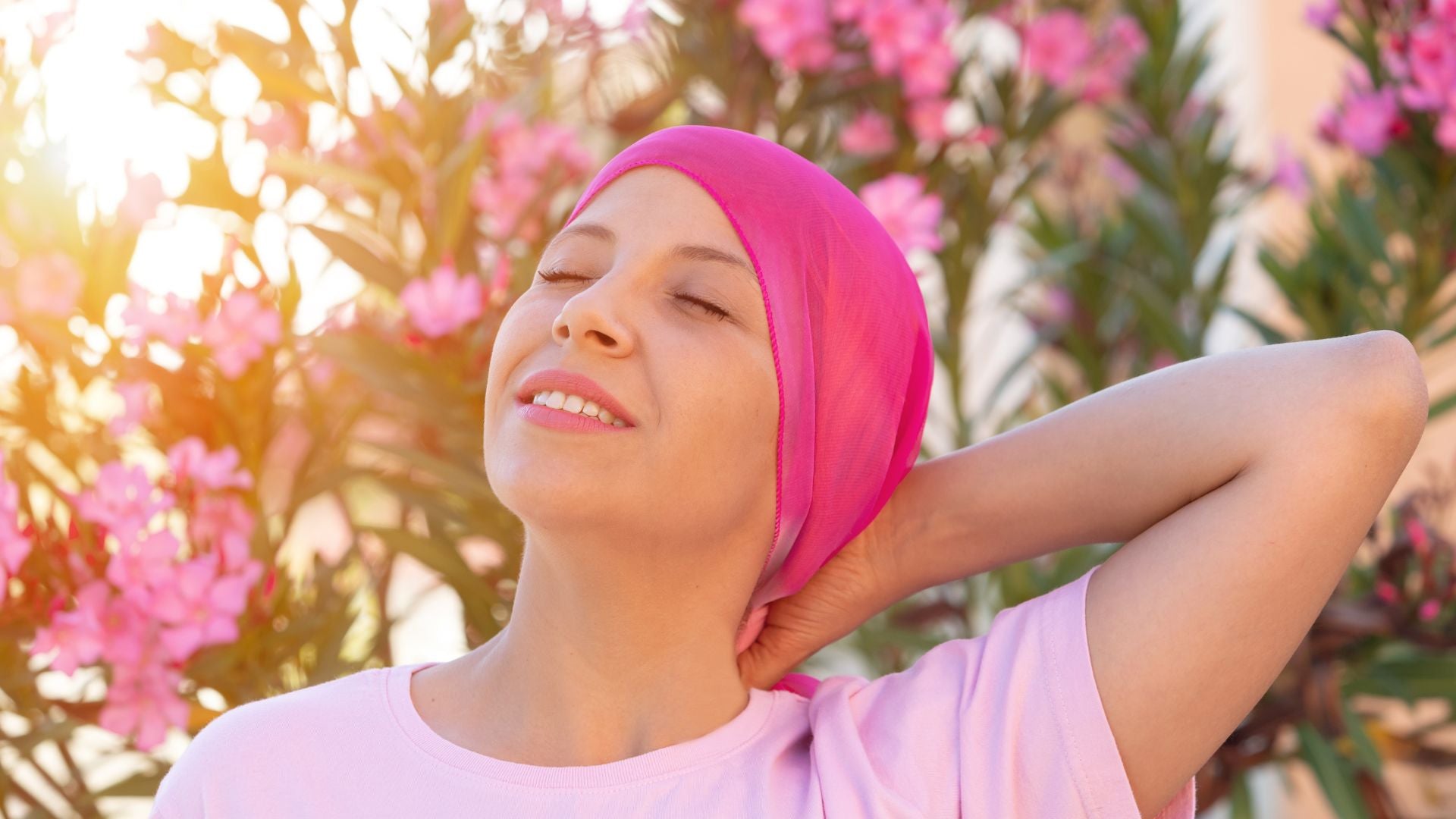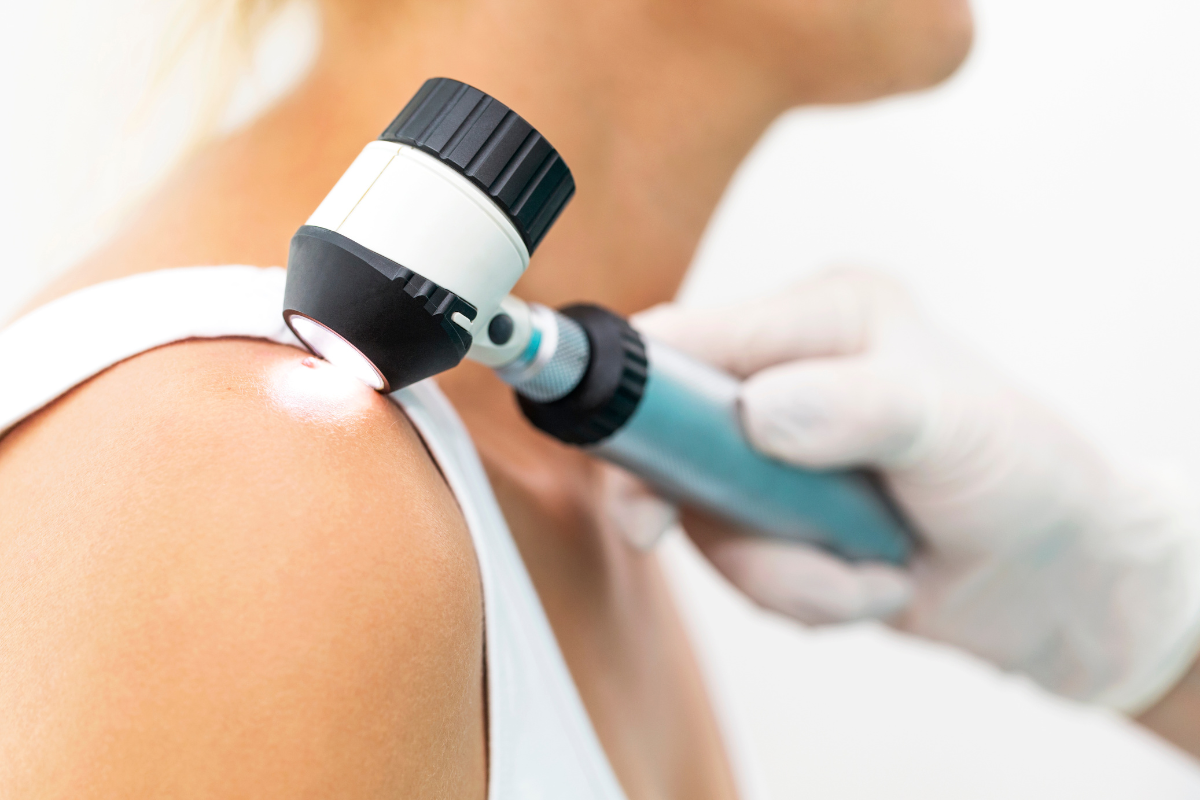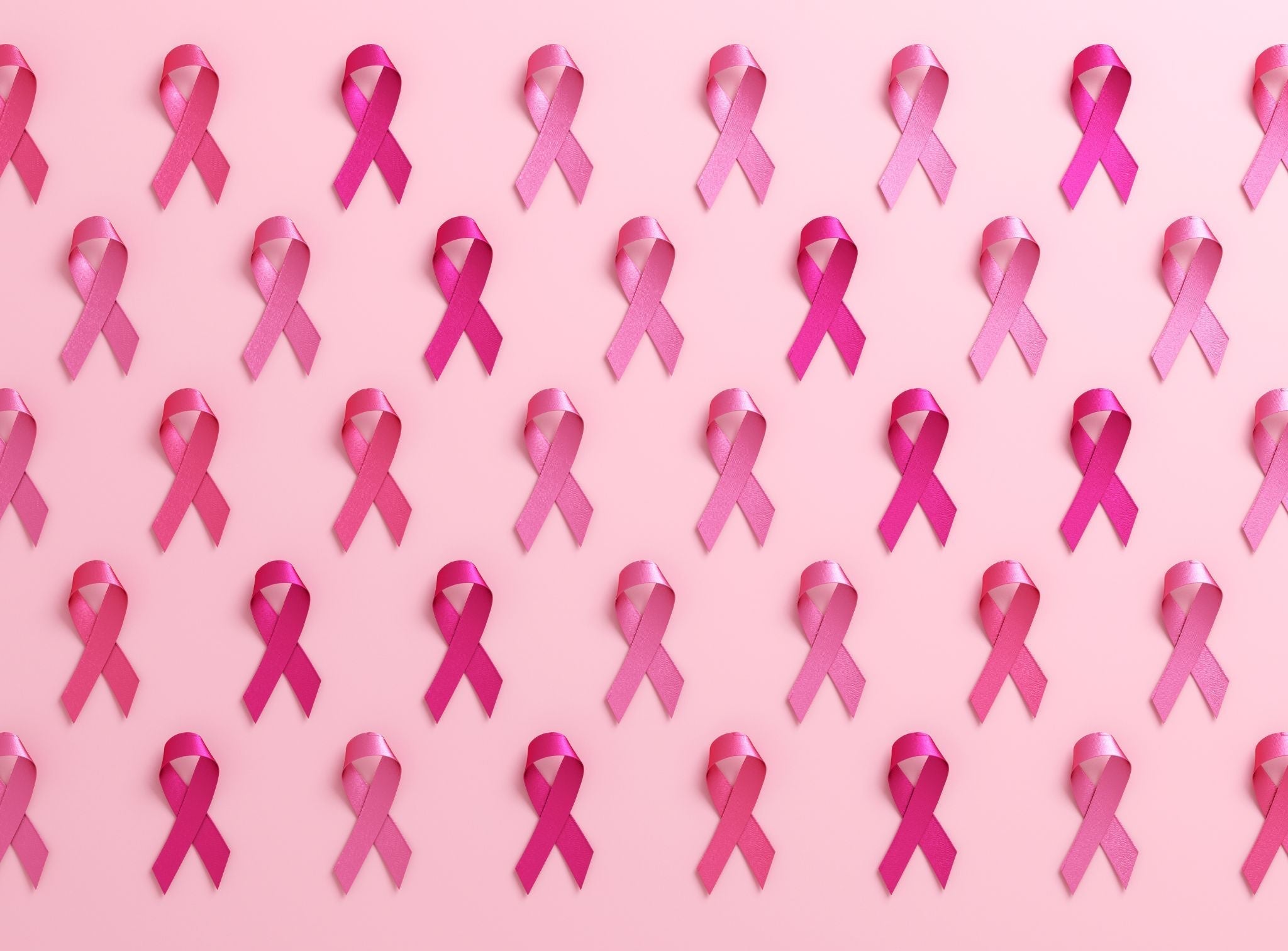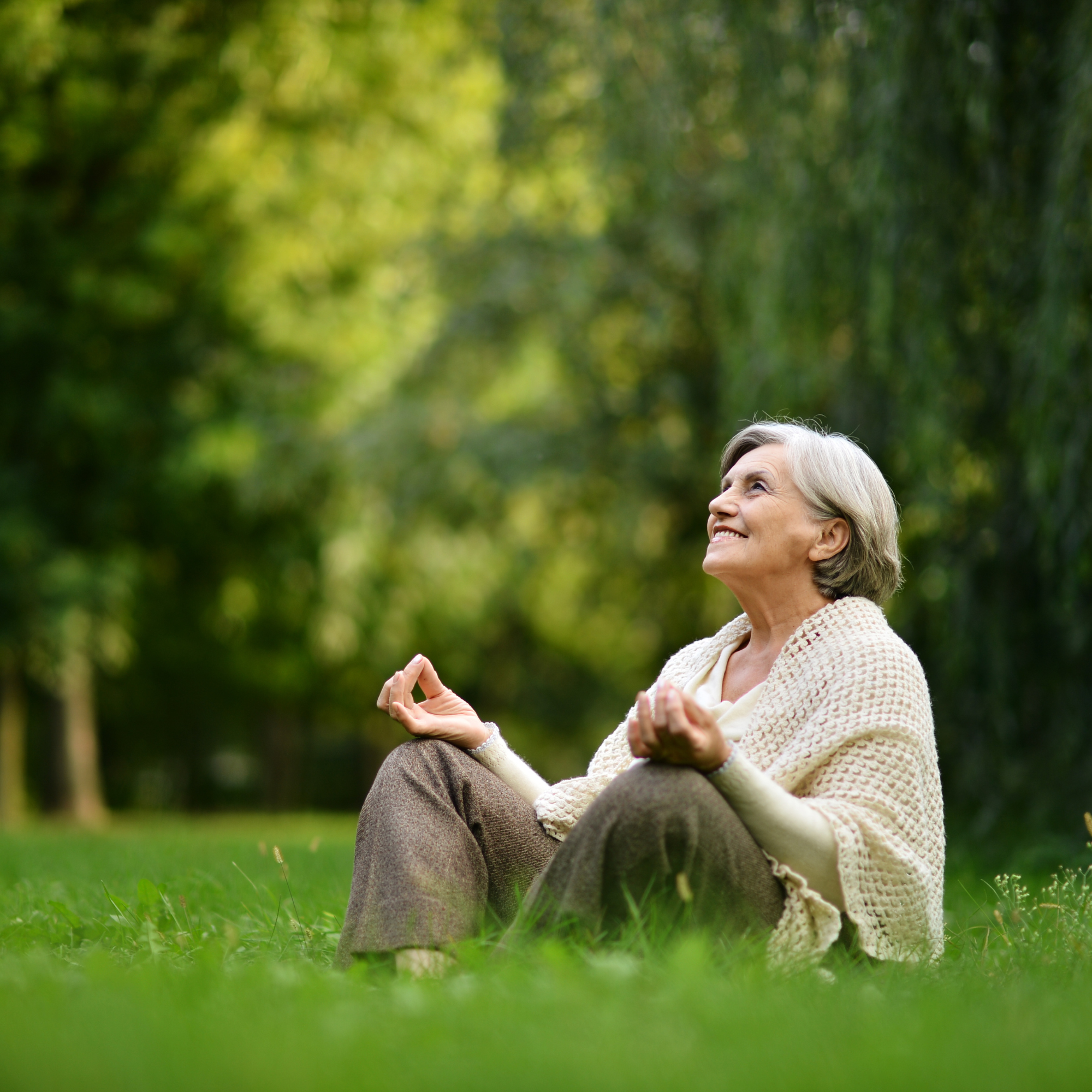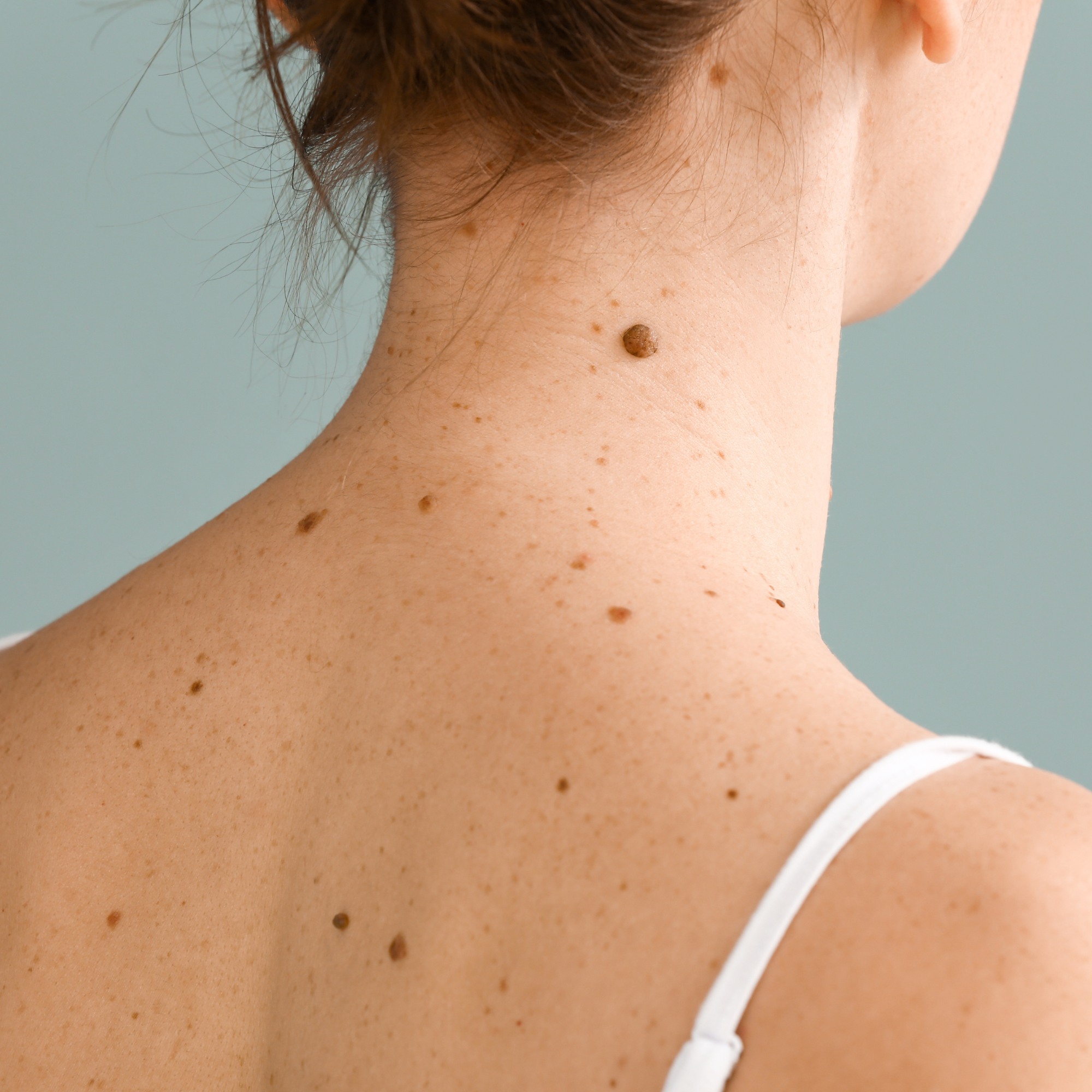Take care of your skin by discovering many tips and key facts related to UV rays and sun protection, and browse the inspiring testimonies of people who wanted to highlight their relationship with the sun following the discovery of a pathology. You will also be able to follow the news that shapes Ker Sun's commitment on a daily basis.
Most Viewed Blog Posts
Latest blog posts
Pendant et après un cancer du sein, la peau devient plus fragile. Elle garde en mémoire chaque traitement. Radiothérapie, chimiothérapie, cicatrices : autant de facteurs qui la rendent davantage sensible au soleil.
Découvrez l’origine de cette fragilité, pourquoi elle persiste après le traitement et quels sont les meilleurs réflexes à adopter pour protéger votre peau sans renoncer à l’extérieur et à une vie active.
Why, when and how to protect yourself from the sun?
On the occasion of World Cancer Day, we spoke with Doctor Nicole Ménard, a dermatologist in Quimper, who is faced with the screening and treatment of skin cancers, which are particularly common in Brittany. She shares her expertise and advice to better protect our skin and adopt good habits on a daily basis.
Breast cancer and sun exposure: what are the risks to the skin and how can you protect it?
Latest testimonials
Testimony - Better safe than sorry
Testimony - Kidney and liver transplants
Testimony - Melanoma and rehabilitation


